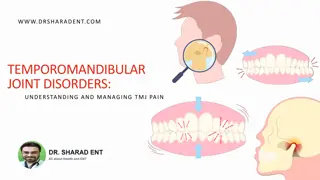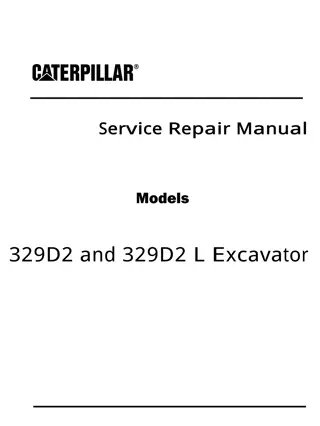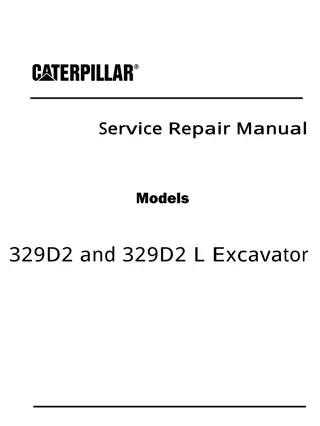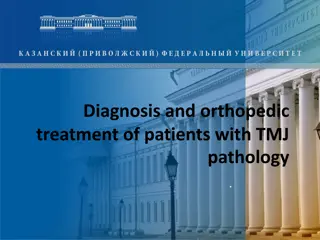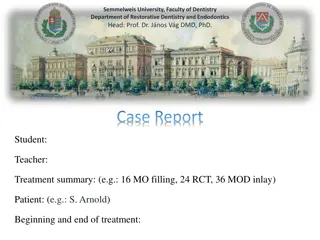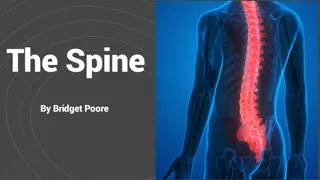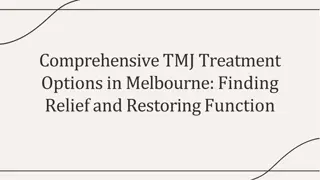Tmj Ankylosis
Ankylosis of the temporomandibular joint (TMJ) is a debilitating condition that severely limits jaw movement. This comprehensive guide explores the causes, symptoms, diagnosis, and treatment options for TMJ ankylosis. Learn about surgical and non-surgical interventions, rehabilitation, and post-treatment care to manage this condition effectively.
Download Presentation

Please find below an Image/Link to download the presentation.
The content on the website is provided AS IS for your information and personal use only. It may not be sold, licensed, or shared on other websites without obtaining consent from the author.If you encounter any issues during the download, it is possible that the publisher has removed the file from their server.
You are allowed to download the files provided on this website for personal or commercial use, subject to the condition that they are used lawfully. All files are the property of their respective owners.
The content on the website is provided AS IS for your information and personal use only. It may not be sold, licensed, or shared on other websites without obtaining consent from the author.
E N D
Presentation Transcript
StudyMafia.Org Tmj Ankylosis Submitted To: Submitted By: Studymafia.org Studymafia.org
Table Contents Definition Introduction About TMJ Ankylosis Treatment of TMJ Ankylosis Conclusion 2
Definition Temporomandibular joint (TMJ) ankylosis is defined as bony or fibrous adhesion of the anatomic joint components accompanied by limitation of mouth opening, causing difficulty in mastication, speech, and oral hygiene. 3
Introduction In ankylosis, TMJ movements may be partially or completely restricted in opening, protrusion, and lateral excursions. Palpation of joint movements is better in fibrous than bony ankylosis. In children even in bony ankylosis, joint movements can be palpated because of stretching in the cranial sutures. 4
About TMJ Ankylosis Temporomandibular joint ankylosis is defined as bony or fibrous adhesion of the anatomic joint components accompanied by a limitation in opening the mouth, causing difficulties with mastication, speaking and oral hygiene as well as inadvertently influencing mandibular growth. 6
About TMJ Ankylosis Surgical treatment procedures include arthroplasty of the joint cavity with or without a reconstruction and a coronoidectomy, an autogenous costochondral rib graft, distraction osteogenesis and intensive mouth-opening exercise, corrective orthognathic surgery or alloplastic joint prostheses. 7
About TMJ Ankylosis The term ankylosis is of Greek origin (from the Greek word meaning: bent or crooked) and corresponds to a stiff joint , since it leads to a partial or total loss of mobility of the TMJ. The temporomandibular joint (TMJ), from a functional point of view, is one of the most important joints in the human body. 8
Treatment of TMJ Ankylosis surgery: gap arthroplasty and temporalis myofascial graft interpositioning through preauricular approach, physiotherapy, restoration of carious teeth and oral prophylactic measures to enhance hygiene, fixed orthodontic mechanotherapy with all 1st premolar extractions to resolve bimaxillary protrusion, 9
Treatment of TMJ Ankylosis The initial surgery was accomplished under general anesthesia. At right TMJ, gap arthroplasty was performed through the preauricular approach. After exposure and identification of the site of the ankylosis, aggressive excision of the fibrous and/or bony mass was carried out with round bur and chisel until the mandibular movement was achieved. 10
Treatment of TMJ Ankylosis Physiotherapy: after surgery, extensive physiotherapy usually plays a crucial role in restoring normal TMJ function. Masticatory muscles, lips, and tongue exercises were proposed to increase mobility of mandible To stimulate normal mastication, chewing on a small rubber tube was recommended. 11
Treatment of TMJ Ankylosis Restorative and oral prophylactic care: once the goal of mouth opening to its maximum by the patient was achieved, all carious teeth were restored and she was trained and learned to take the care of daily prophylactic oral hygiene measures. 12
Treatment of TMJ Ankylosis Fixed orthodontic mechanotherapy was initiated for aligning and establishment of occlusion using fixed bonded orthodontic appliance. After completion of alignment and leveling in 2 and half months, all first premolars were extracted and space closure was done with maximum conservation of posterior anchorage. 13
Treatment of TMJ Ankylosis Genioplasty: 6 months after completion of orthodontic treatment, sliding advancement genioplasty was performed. Chin advanced 8 mm, and fixation was performed with titanium plate. 14
Treatment of TMJ Ankylosis Speech and functional therapy: concerns regarding speech were thought to be equally significant with appearance in contributing to low self-esteem in this patient. Unusual speech due to jaw thrusting was the problem faced by the patient. She was thoroughly evaluated for the speech therapy. 15
Treatment of TMJ Ankylosis Psychological counseling: psychometric tests can identify the adversity in the experience of TMJ ankylosis having facial poor appearance. It was attempted to evaluate the thoughts and feeling of a disfigurement in face in pretreatment and posttreatment stages using standardized psychometric questionnaires that have been developed, validated, and used by social scientist and psychologist. 16
Conclusion This joint is unique in that it is a bilateral joint that functions as one unit. Since the TMJ is connected to the mandible, the right and left joints must function together and therefore are not independent of each other. The temporomandibular joint is the joint between the mandible and the temporal bone of the skull. 17
References Google.com Wikipedia.org Studymafia.org Slidespanda.com
Thanks To StudyMafia.org


